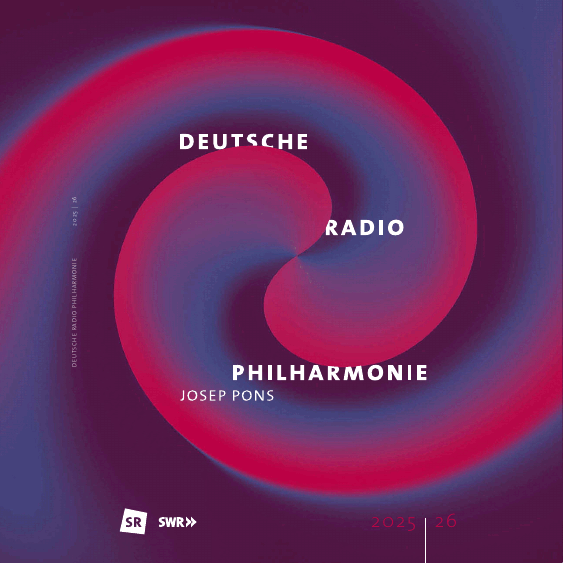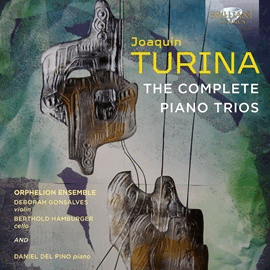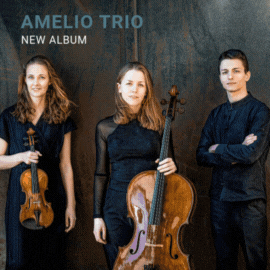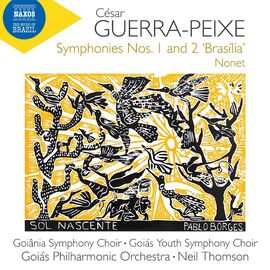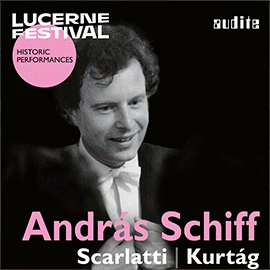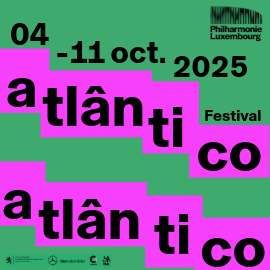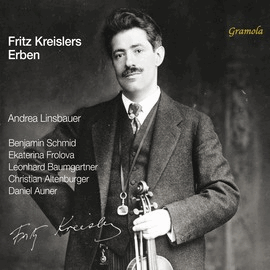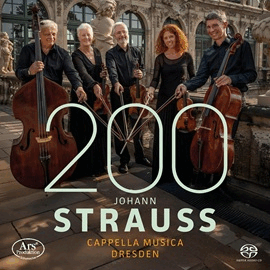Dieses Album vereint zwei sehr verschiedenartige Symphonien von César Guerra-Peixe (1914-1993). Die in den Jahren 1945-46 komponierte erste Symphonie und das Nonett (1945) stammen aus der seriellen Periode. Die Symphonie ist eher klein besetzt und arbeitet mit einer kontrastreichen, teils rhythmisch-pointilistischen, teils linienhaften Sprache. Es folgt ein meditatives Largo. Im dritte Satz Rahmen ein sprunghaftes Vivacissimo und ein rhythmisch interessantes Vivace ein Larghetto.
Das unter Hermann Scherchen uraufgeführte Nonett ist für Flöte, Klarinette, Fagott, Trompete, Posaune, Violine, Viola, Cello und Klavier geschrieben, technisch gut gemacht und bei allem Serialismus auch noch ausdrucksvoll.
Die Hauptstadt Brasiliens wurde zwischen 1956 und 1960 in der tropischen Savanne erbaut. Sie ist ein Beispiel moderner Städteplanung mit weltberühmten architektonischen Sehenswürdigkeiten. Guerra-Peixes zweite Symphonie bezieht sich auf den Bau der Stadt. Sie wurde 1963 in Rio de Janeiro von Isaac Karabtchevsky uraufgeführt. Das programmatische Werk ist in vier Sätze gegliedert: O candango em sua terra (Der Arbeiter in seinem Land) – Trabalho (Die Arbeit) – Elegia para o ausente (Elegie für den abwesenden Freund) – Manhã de domingo – Tarde infantil – Desce a noite – Volta ao trabalho – Inauguração da cidade – Apoteose (Sonntagmorgen – Kindernachmittag – Einbruch der Nacht – Rückkehr zur Arbeit – Einweihung der Stadt – Apotheose)
Hier ist von Zwölftontechnik keine Spur mehr. Die Musik ist neoromantisch und sehr national gefärbt. Der Chor hat vor allem eine lautmalerische Rolle.
Im letzten Satz gibt es eine Sprecherrolle mit Auszügen aus einer Rede, die Präsident Juscelino Kubitschek vor den Arbeitern hielt, die Brasília aufgebaut hatten. Auf diesem Album wird eine Aufnahme von Kubitscheks Rede verwendet,
Das Goias Philharmonic Orchestra liefert unter der Leitung von Neil Thomson exzellente Aufführungen, die auch tontechnisch sehr gut eingefangen wurden.
This album combines two very different symphonies by César Guerra-Peixe (1914-1993). The first symphony, composed in the years 1945-46 and the nonet (1945) are from the serial period. The symphony is rather small-scale and works with a contrasting, partly rhythmic-pointillist, partly linear language. It is followed by a meditative Largo. In the third movement, an erratic Vivacissimo and a rhythmically interesting Vivace frame a Larghetto.
The nonet, premiered under Hermann Scherchen, is written for flute, clarinet, bassoon, trumpet, trombone, violin, viola, cello and piano, technically well done and expressive despite its serialism.
The capital of Brazil was built in the tropical savannah between 1956 and 1960. It is an example of modern urban planning with world-famous architectural sights. Guerra-Peixe’s second symphony refers to the construction of the city. It was premiered in Rio de Janeiro in 1963 by Isaac Karabtchevsky. The programmatic work is divided into four movements: O candango em sua terra (The worker in his land) – Trabalho (The work) – Elegia para o ausente (Elegy for the absent friend) – Manhã de domingo – Tarde infantil – Desce a noite – Volta ao trabalho – Inauguração da cidade – Apoteose (Sunday morning – Children’s afternoon – Nightfall – Return to work – Inauguration of the city – Apotheosis).
There is no trace of twelve-tone technique here. The music is neo-romantic and very national in color. The choir mainly has an onomatopoeic role.
In the last movement there is a speaker role with excerpts from a speech given by President Juscelino Kubitschek to the workers who had built Brasília. A recording of Kubitschek’s speech is used on this album,
The Goias Philharmonic Orchestra delivers excellent performances under the direction of Neil Thomson, which are also very well captured in terms of sound.



